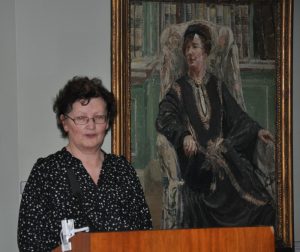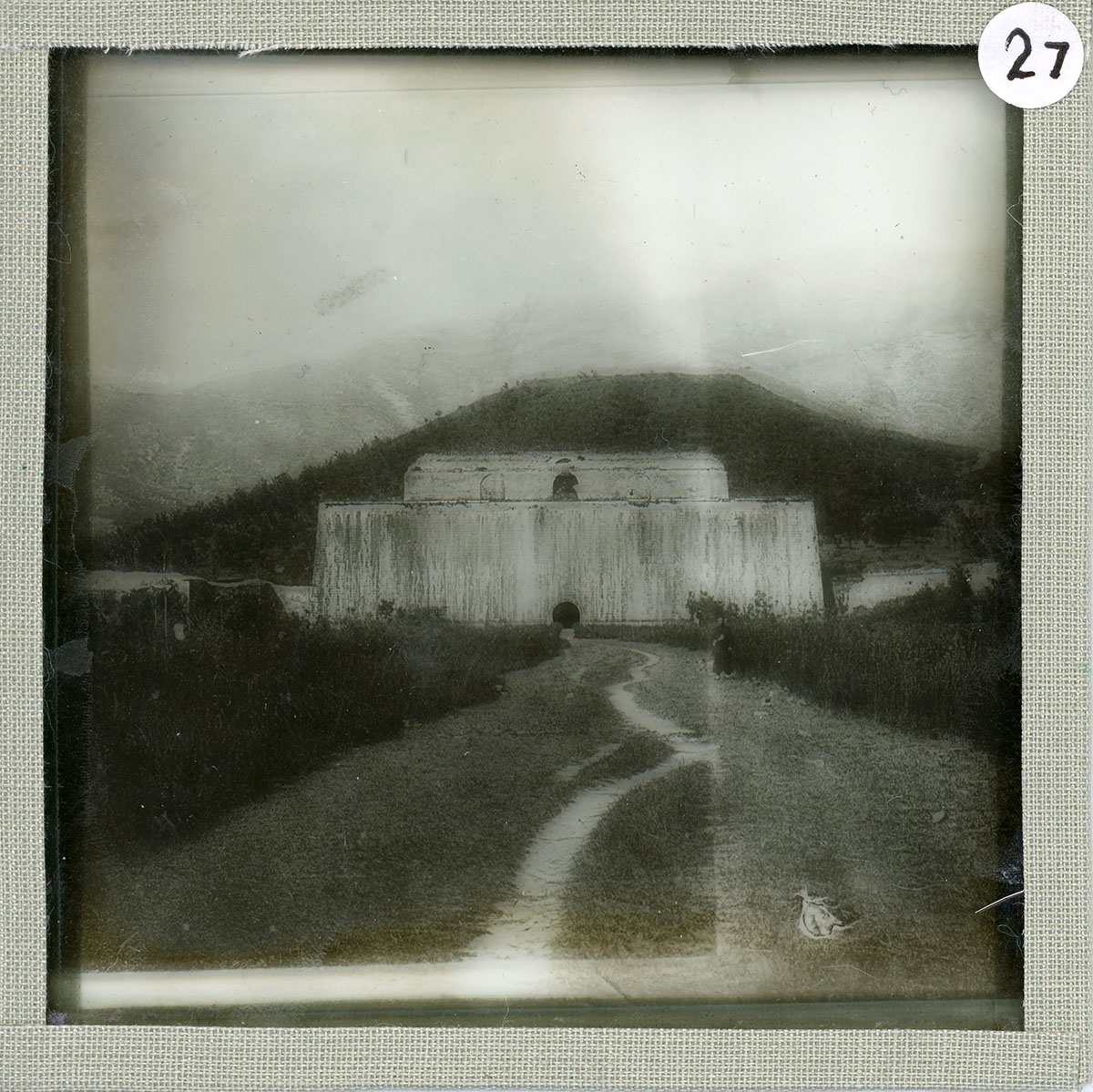The Royal Asiatic Society Medal for 2019
The Royal Asiatic Society of Great Britain and Ireland is delighted to announce the award of the RAS Medal for 2019 to Professors Robert and Carole Hillenbrand for their outstanding contributions to the study of Islamic History and Art History respectively.
Professor Carole Hillenbrand was appointed Professor of Islamic History in 2000 at the University of Edinburgh and was awarded an OBE for services to Higher Education in 2009. In 2005, she was awarded the King Faisal Prize for Islamic Studies, (the first non-Muslim to be awarded this prize) and in 2016 the British Academy/ Nayef Al-Rodhan Prize for Transcultural Understanding. Her research interests include the Crusades, the Seljuqs of Iran and Turkey, and medieval Muslim political thought, especially the work of al-Ghazali. She is the author of five major books, the editor of three major volumes and numerous articles. Her book The Crusades: Islamic Perspectives published by Edinburgh University Press in 1999, was the first to examine in depth the Crusades from the Muslim point of view. Her most recent edited volume, expected in August 2019, is entitled Syria in Crusader Times: Conflict and Co-existence.
Professor Robert Hillenbrand is Professor of Art History at the University of St. Andrews and is Honorary Professorial fellow at the University of Edinburgh where he was appointed Professor of Islamic Art in 1989. He is a prolific scholar whose interests focus on Islamic architecture, painting and iconography, with particular reference to Iran and early Islamic Syria. His nine books include the prize-winning Islamic Architecture: Form, Function and Meaning, (1995), Islamic Art and Architecture (1999), The Architecture of Ottoman Jerusalem: An Introduction (2002) and Studies in Medieval Islamic Architecture (2 vols.2001-2). In addition, he has co-authored, edited and co-edited twelve books including The Art of the Saljuqs in Iran and Anatolia (1997), Persian Painting from the Mongols to the Qajars, (2001), Shahnama: The Visual Language of the Persian Book of Kings, (2004) and Image and Meaning in Islamic Art, (2005) and Ferdowsi , the Mongols and the History of Iran: Art, Literature and Culture from Early Islam to the Qajar Persia, (2013). He has also published some 170 articles on aspects of Islamic art and architecture.
On Tuesday 19 March, the Society welcomed Ursula Sims-Williams (British Library) to lecture on “Tipu Sultan’s Library: Building a Collection”. Ursula’s talk described her recent research on the library of Tipu Sultan, which was estimated at the fall of Seringapatam in 1799 to consist of about 2000 volumes. Of these the British Library now holds some 500 manuscripts, while others are in the Asiatic Society of Calcutta, and scattered around the world.
Ursula provided a fascinating summary of the subjects and languages represented in the collection. Based on extensive provenance research, Ursula also assessed contrasting views as to the origin of Tipu Sultan’s collection; as well as what his manuscripts indicate about his attitude and priorities when expanding his collection. Finally, Ursula had some intriguing insights into the Society’s own manuscript holdings. We are very grateful to Ursula for her lecture, and look forward to seeing the fruits of her labours in published form.

The next event at the Royal Asiatic Society is one of our popular Collections Open Evening when attendees get a chance to get close to some of our Collections as well as hear talks on work with the Collections. This event takes place on Tuesday 26 March from 6.30 pm. You will have chance to see artworks and maps, glass slides and photographs, manuscripts and archives, on display in both the Reading Room and Council Room. We are also grateful to Mathilde Renauld who will give a cultural overview of a nineteenth-century Shia Islamic pilgrimage scroll and describe its condition and conservation; Laurent Cruveillier who will discuss the conservation of Sir Alexander Cunningham’s 1850s ink rubbing and inked squeeze of a stone inscription from Visvanatha temple in Khajuraho, India; and Amy Matthewson who will share reflections on her time volunteering at the Society and researching its glass lantern slides of China, discussing their brief history and the value of these fascinating objects.
And Amy returned to the Society last week to undertake the digitization of these slides. We have begun to get them on to our Digital Library and will continue to do so in the coming weeks.


